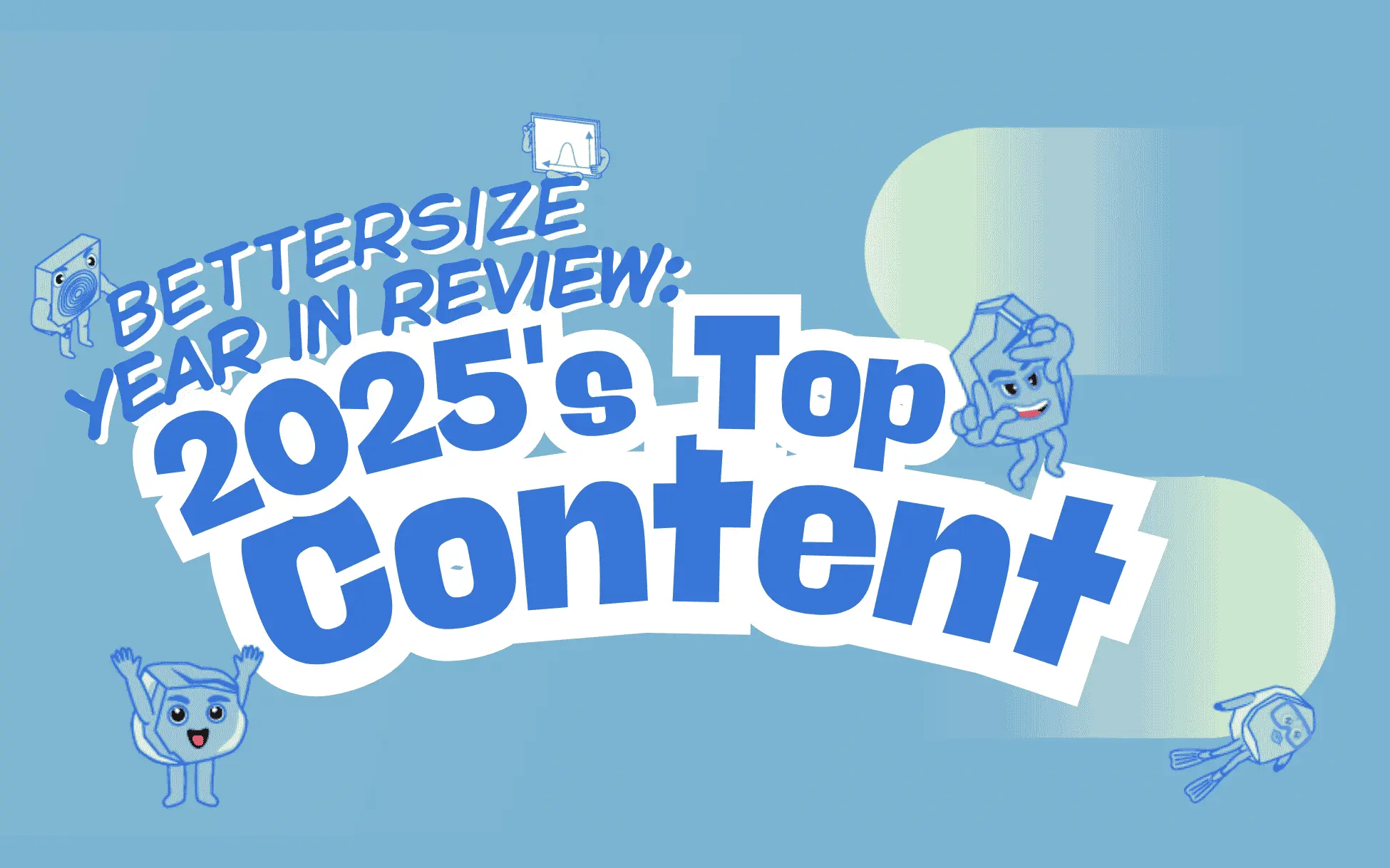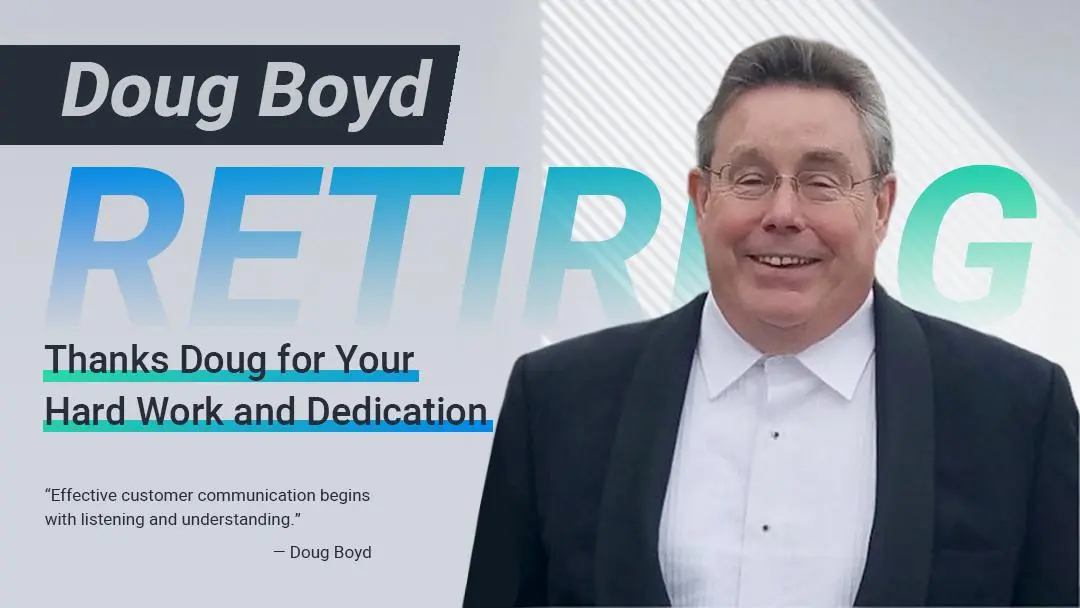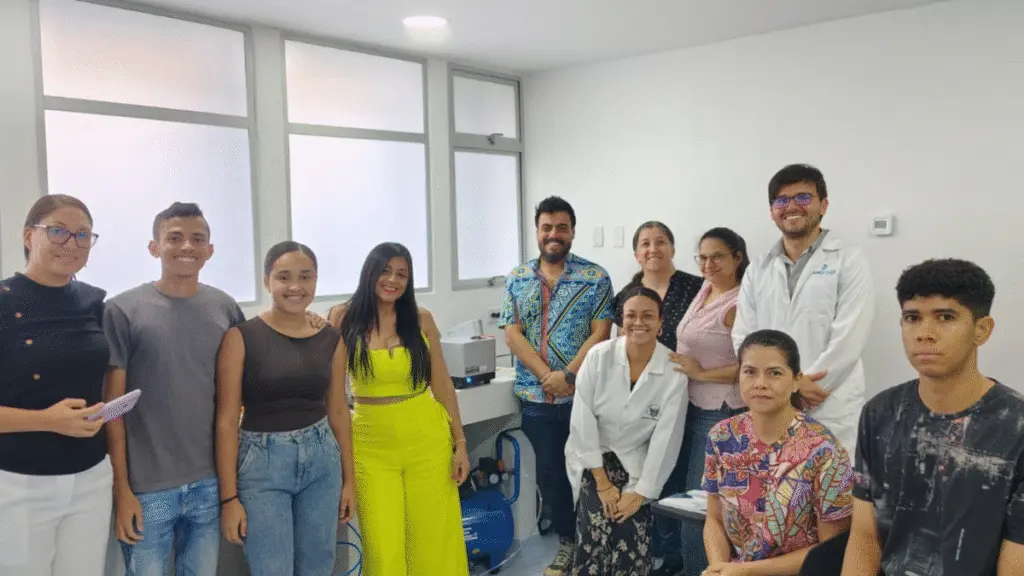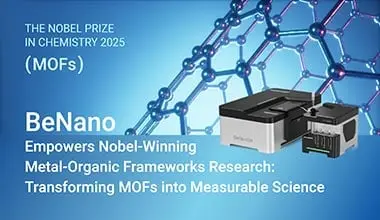Collaboration Between HTWG Konstanz and Bettersize: Contribution to Sustainability
2022-03-07News
We are so thrilled to announce our strategic partnership with the HTWG Konstanz to drive client success in sustainable development studies.
Recently, Zeynep Ekizi, a master student from the HTWG Konstanz, has found our BeDensi B1 useful in her research on optimizing processes of bringing used materials back to the recycling cycle. As a strategic partner with the HTWG Konstanz, we are so proud that our product can help them to achieve their goals and contribute to sustainable development.
Please find below the original article from Zeynep Ekizi. It is a great honor to share her article with you and also to show our support for development in recycling capabilities.
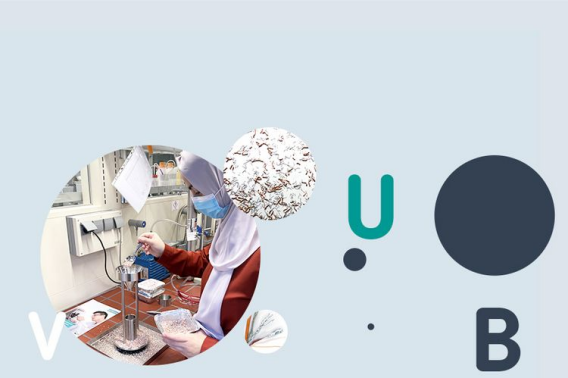
The good in the potty...: Environmental and process engineering master's student Zeynep Ekici researches the separation of data cable material in the laboratory for particle technology and sorting technology. Modern equipment helps.
Data cables can be found in every family and in every company in huge amounts. They are valuable not only because they facilitate our modern-day life but also because they are made from valuable materials, including copper and aluminum. But what happens to these materials when the cables have served their time?
"There are many possibilities in recycling but there are still many questions to the research," Zeynep Ekici says. She is aiming for her master's degree in environmental and process engineering and worked intensively for two weeks on a project in the laboratory for particle technology and sorting technology of the HTWG. The goal of this research project is to sort the components of data cables as purely and as time-efficiently as possible.
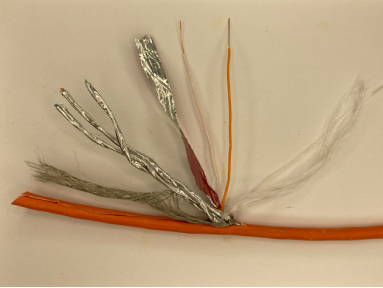
This photo shows the copper and aluminum components of the data cables. The plastic components of the cables have been already separated.
"In terms of sustainability, we can use process and environmental technology to bring valuable raw materials back to the material cycle," explains Dr. Christian Nied who is professor of Particle Technology in the college of Mechanical Engineering. However, if the starting material contains more substances, the processing is more complicated. Zeynep Ekici's task was to separate the raw materials in such a way that they are as pure as possible for the next process step." Thanks to the apparatus and measuring devices in the laboratory, we can include many tasks with industrial relevance in our teaching," says Prof. Nied (an overview of the laboratory stands and measuring devices as PDF file).

Master's student Zeynep Ekizi determining the bulk density with the help of the BeDensi B1, which was provided by Bettersize Instruments Ltd. to the Laboratory of Particle Technology & Sorting Technology.
The student crushed kilos of data cables and dismantled them into small components. Her further procedure differed from experiment to experiment. "I wanted to design a useful interaction from seemingly arbitrary parameters," she explains. For example, the amplitude and frequency of the oscillation of the used cutting machine influence the cutting result. The degree of breakdown of the cables shredded in a cutting mill also affects the sorting. To analyze the samples, Zeynep Ekici was able to use the measuring devices available in the laboratory. Prof. Christian Nied and laboratory assistant Manfred Schollenberger were always on site to answer her questions.

The data cables have been broken down into small particles only a few millimeters in size so they can be sorted by mechanical means.
Usually, the twisted, plastic-sheathed copper wires of data cables are surrounded by a shield made of aluminum foil. Zeynep Ekici found that the greatest challenge is to separate the crushed copper and aluminum particles. “Data cables have to be processed in large quantities in the future too,” foresights Prof. Nied. Research topics like these are common in environmental and process engineering, even in the bachelor's course, emphasizes Prof. Nied: “We are considering how we can further optimize processes in order to bring more used materials back to the recycling cycle." And even in the bachelor's program, students could use the lab equipment to get in touch with the technology and the challenges so that they are well prepared for professional life. “It was fun to work on a very specific question with the material in the laboratory,” Zeynep Ekici says and looks back. And in the current situation, she has enjoyed getting to know HTWG on site now that the online semesters are over.
You can also find the article in German below:
https://www.htwg-konstanz.de/hochschule/magazin/recycling-von-kabelschrott/
Recent News





